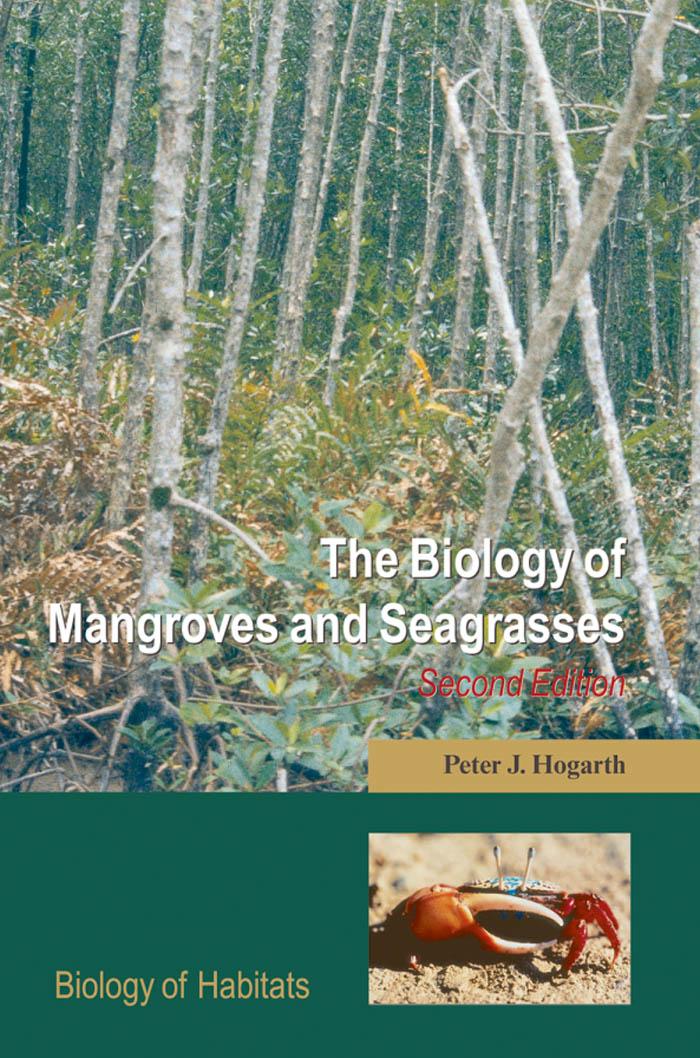BUKU "The Biology of Mangroves and Seagrasses"
Peter Hogarth
Department of Biology
University of York
DOWNLOAD LINK (sehabis download, harap isi komen untuk timbal balik) :
http://www.4shared.com/file/214145743/33deab77/Biology-of-mangrove-and-seagra.html
PREFACE
Flowering plants dominate the land, providing nutrition, shelter, and stability for a host of organisms, and the basis of all terrestrial ecosystems. Of the hundreds of thousands of species of flowering plants, a mere 100 or so survive in the sea, about equally divided between mangroves and seagrasses.Although not rich in species, both mangroves and seagrasses are, like their terrestrial counterparts, of major ecological importance. To most people, mangroves call up a picture of a dank and fetid swamp, of strange-shaped trees growing in foul-smelling mud, inhabited mainly by mosquitoes and snakes. Mud, methane, and mosquitoes are certainly features of mangrove forests—as, sometimes, are snakes. They are not sufficient to deter mangrove biologists from investigating an ecosystem of great richness and fascination.
Mangroves are an assortment of tropical and subtropical trees and shrubs which have adapted to the inhospitable zone between sea and land: the typical mangrove habitat is a muddy river estuary. Salt water makes it impossible for other terrestrial plants to thrive here, while the fresh water and the soft substrate are unsuitable for macroalgae, the dominant plants of hard-bottomed marine habitats. The mangrove trees themselves trap sediment brought in by river and tide, and help to consolidate the mud in which they grow. They provide a substrate on which oysters and barnacles can settle, a habitat for insects, and nesting sites for birds. Most of all, through photosynthesis, they supply an energy source for an entire ecosystem comprising many species of organism. Mangroves are among the most productive and biologically diverse ecosystems in the world.
Seagrasses, although not true grasses, generally grow in a grass-like way, often locally dominating their environment in what are known as seagrass meadows. They grow intertidally, like mangroves, but also subtidally to depths of tens of metres. Like mangroves, too, seagrasses have adapted to conditions of high salinity and living in soft sediments. They create a habitat, and represent a food source on which many other organisms depend.




0 komentar:
Posting Komentar